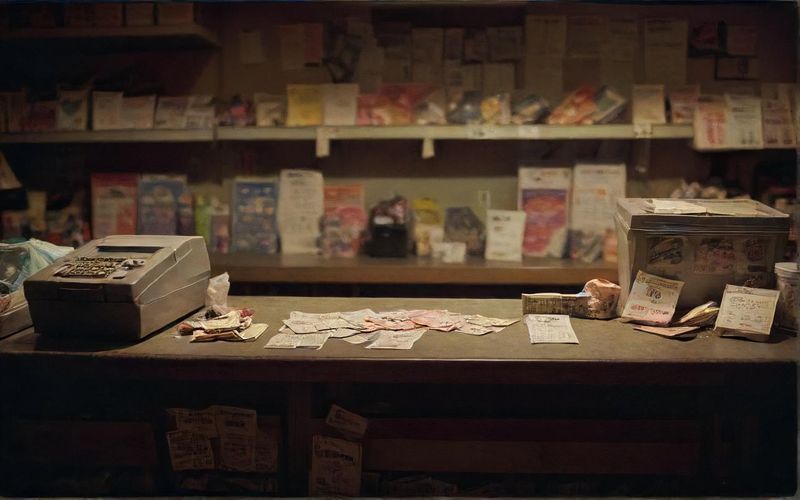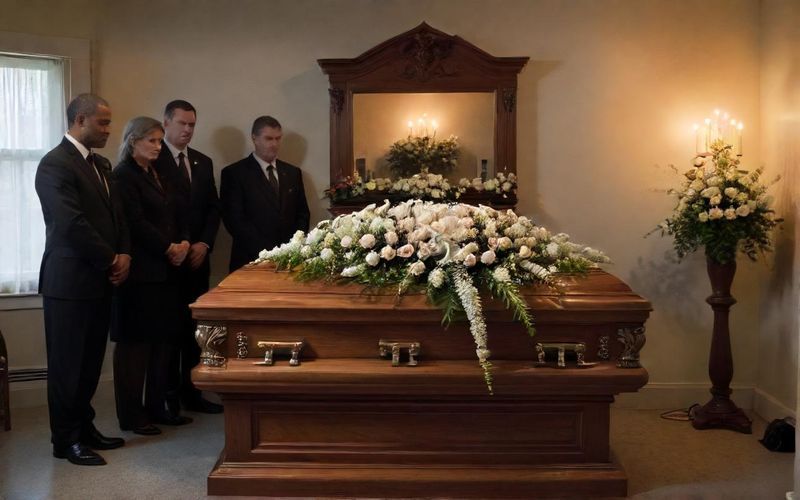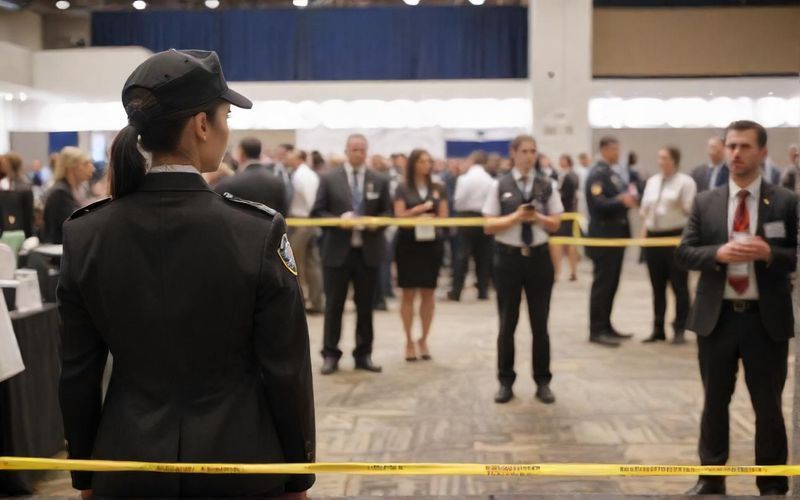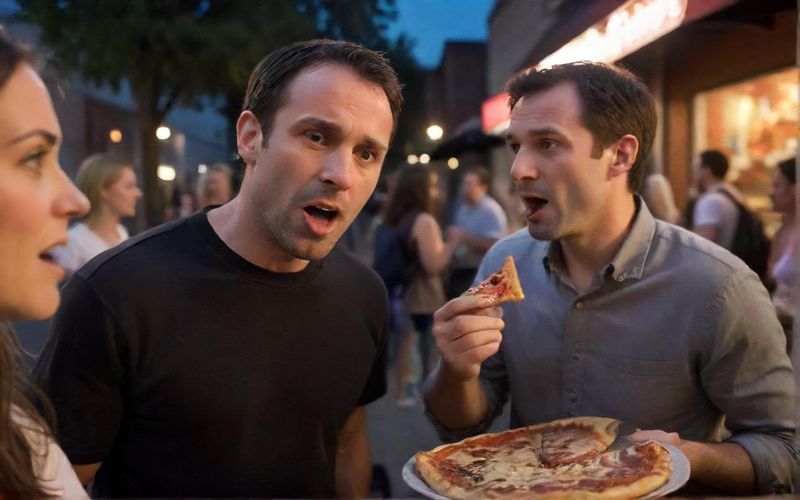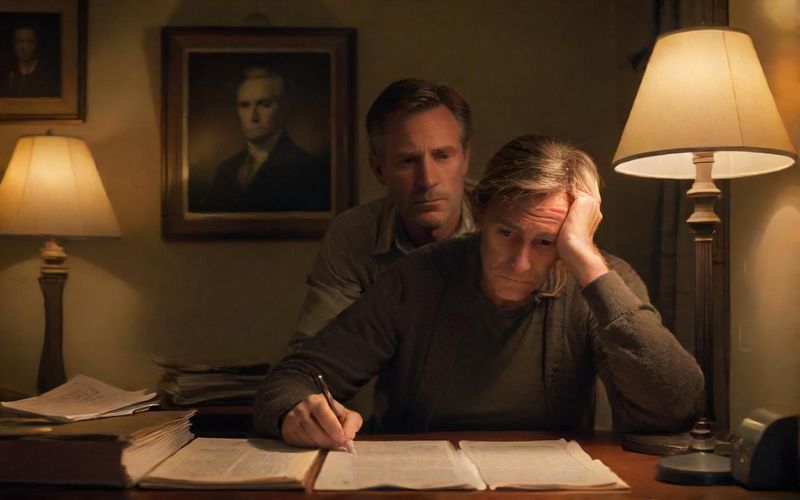Melodee Buzzard Case: Disguises, Travel Deepen Mystery
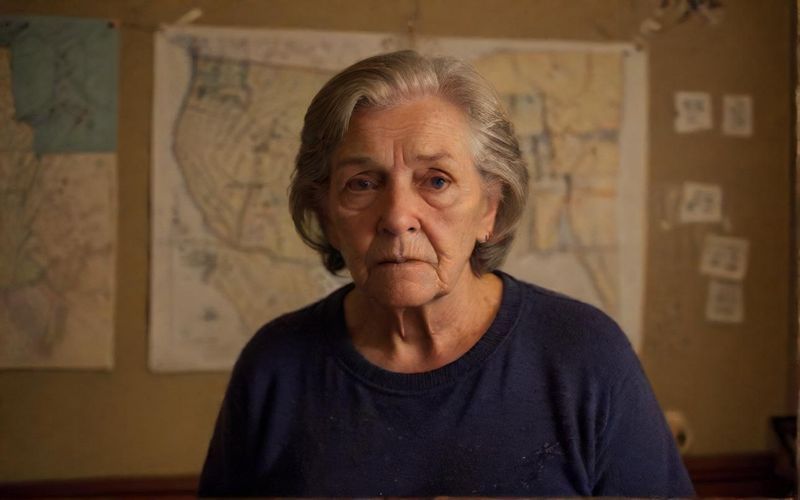
It’s been over a month since Melodee, a bright-eyed nine-year-old, was last seen. Her absence was noted not by immediate family, but by school administrators who flagged her prolonged withdrawal from an independent study program. This detail, often overlooked in the rush of breaking news, highlights a subtle but significant disconnect: Melodee’s routine had already become so detached from typical schooling that it took an outside observer to notice her disappearance. This raises a quiet but persistent question: how long had Melodee truly been out of sight before this official report?
The three-day span between October 7th and October 10th is now the focal point of the investigation. Authorities believe Ashlee Buzzard took Melodee on a whirlwind road trip spanning over a thousand miles, reaching as far as Nebraska and Kansas. The details are jarring: swapped license plates, and most disturbingly, the use of wigs for both mother and daughter. Images from a rental car business on October 7th show them seemingly in disguise, a detail that sends a shiver down the spine. For a child, often identified by her distinctive curls, to be made to wear a wig suggests a deliberate attempt to obscure her identity. This wasn't just a change of scenery; it was a performance, a carefully orchestrated effort to vanish from plain sight, at least temporarily.
The narrative of Ashlee Buzzard’s uncooperativeness is a recurring theme, a silent roadblock in the search for Melodee. Despite frantic pleas from her paternal grandmother, Lilly Denes, who has meticulously transformed a corner of her home into a memorial for her missing granddaughter, Ashlee has offered no verifiable explanation for Melodee’s whereabouts. This lack of communication is not just frustrating for investigators; it’s a deep wound for a family desperate to hold onto hope. Denes’ poignant words, describing her sleepless nights and the hollow ache of missing a grandchild during cherished holidays, humanize the stark facts of the case, reminding us of the profound personal cost of this unfolding tragedy.
Adding another layer of complexity, the false imprisonment charge, while stated as unconnected to Melodee’s disappearance, hints at a pattern of concerning behavior. While we are told details are being withheld to protect the investigation, the very nature of the charge – preventing someone from leaving against their will – casts a shadow over the mother’s actions. Could this incident be a window, however oblique, into the mindset that led to Melodee’s vanishing?
The case also raises broader questions about the systems meant to protect children. Melodee’s paternal relatives have stated that Ashlee cut off contact with them years ago, even legally changing Melodee’s last name. Furthermore, records indicate Ashlee Buzzard has faced financial difficulties, and critically, no private school affidavit was filed with the California Department of Education, despite claims of homeschooling. This suggests a possible evasion of oversight, a gray area where a child’s life could become increasingly isolated and unmonitored.
The journey from Lompoc to the Colorado-Utah border, punctuated by surveillance footage and desperate pleas for public assistance, is a stark reminder of how fragile our understanding of a child’s reality can be. We are left piecing together fragments – a rental car, a wig, a switched license plate – in the hope that someone, somewhere, saw Melodee Buzzard and can offer a clue. As the search continues, the central, agonizing question remains: is Melodee a victim of a desperate parent, or something far more complex and deeply troubling? And more importantly, where is she now?

